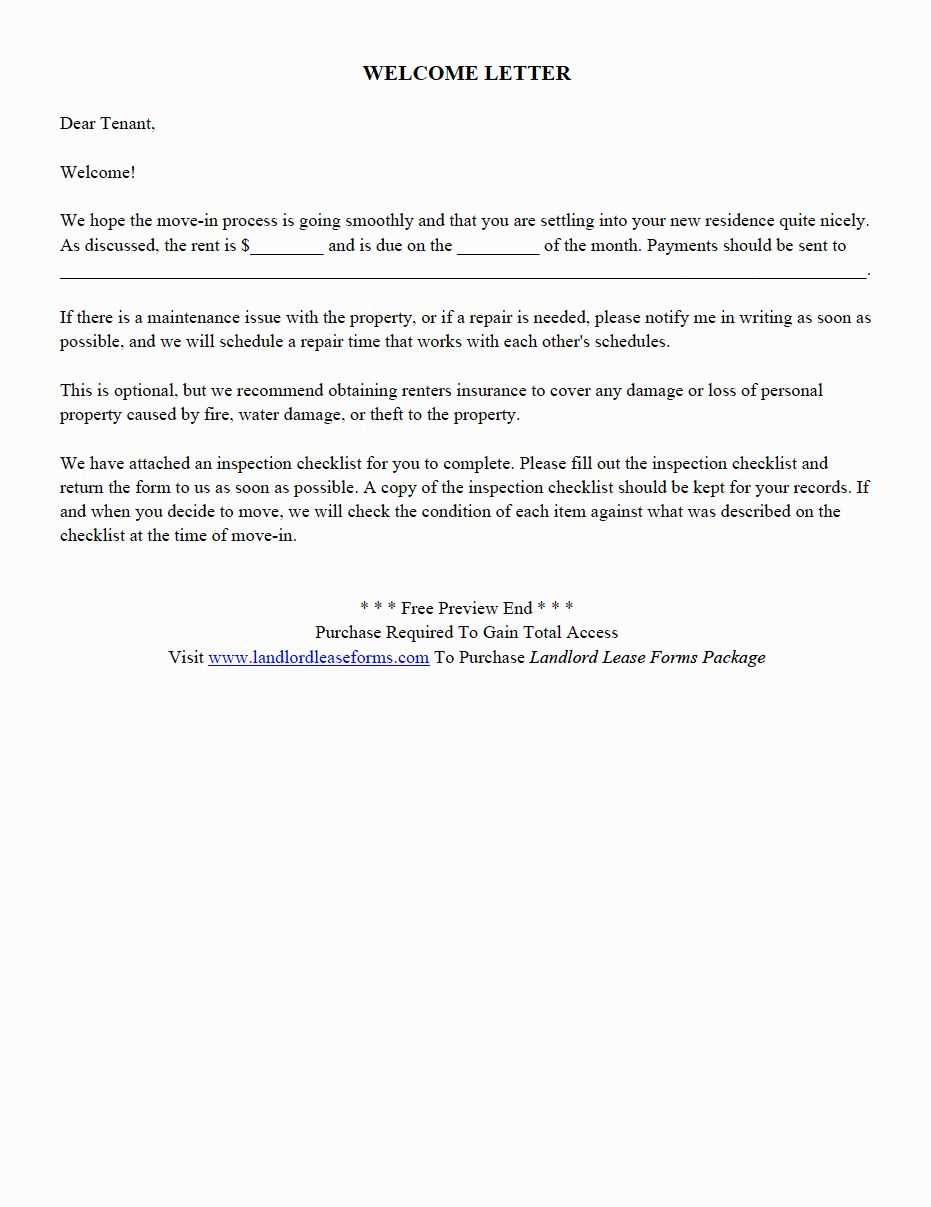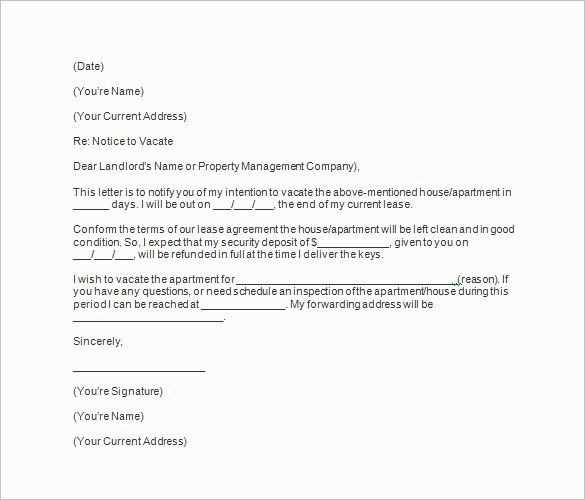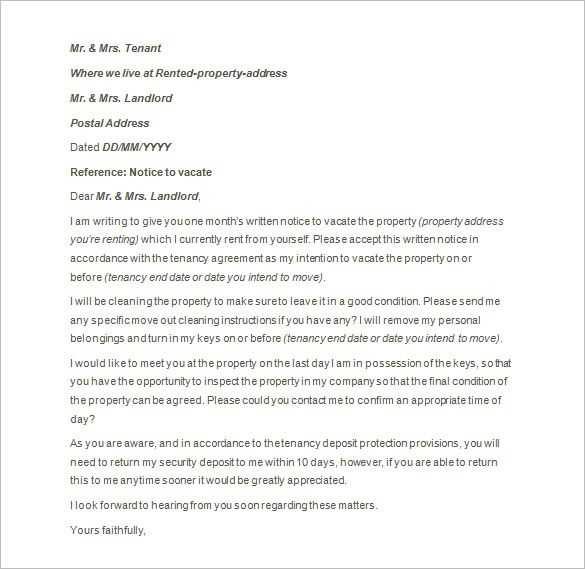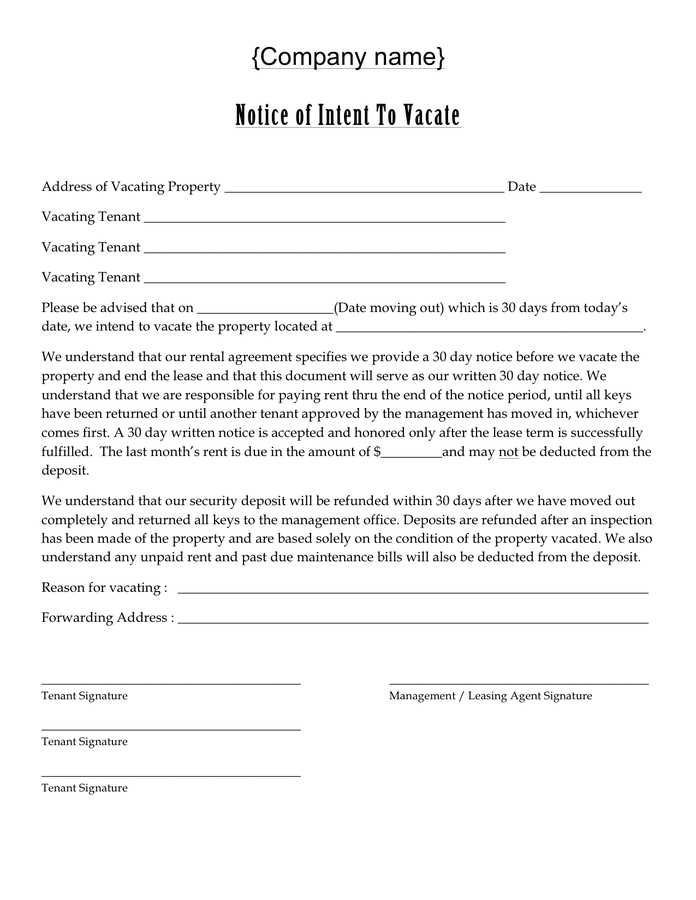Property inspection letter to tenant template

When preparing a property inspection letter for a tenant, it’s important to keep the communication clear and professional. Be direct and specific about the purpose of the inspection, the date and time it will occur, and any expectations regarding the property’s condition. This ensures the tenant has ample time to prepare and avoid any misunderstandings.
Use a polite yet firm tone in your letter. Clearly state what areas of the property will be inspected, and if any preparation is required on the tenant’s part, such as securing pets or removing personal items from certain spaces. Additionally, mention if there will be any follow-up actions or repairs after the inspection.
Having a standard template for these letters makes the process smoother for both landlords and tenants. It saves time and ensures consistency in communication, making it easier to handle inspections as part of regular property management tasks.
Here’s the revised version based on your requirements:
Ensure the letter starts with a clear subject line that highlights the purpose of the inspection. Use simple language to state the specific date and time the inspection will occur, and clarify any preparations the tenant should make. For example, mention areas of the property that require particular attention or any access points that might need to be unlocked.
Follow up by specifying any legal obligations or regulations regarding inspections. This helps tenants understand their rights and responsibilities. Make sure to mention the duration of the inspection and how long you anticipate it will take. It’s useful to include contact information in case the tenant has questions or needs to reschedule.
Finish the letter by reaffirming your commitment to maintaining the property and respecting the tenant’s space. Close with a polite thank you and any final instructions, such as ensuring all pets are secured or all personal items are accessible. Always keep the tone professional, clear, and friendly.
- Property Inspection Letter to Tenant Template
Begin your letter by addressing the tenant by name and introducing the purpose of the inspection. State clearly the date and time of the inspection, and highlight any specific areas that will be evaluated. It is important to give at least 24-48 hours’ notice to ensure the tenant has enough time to prepare.
For example:
“Dear [Tenant Name],
We are scheduling a property inspection at [property address] on [date] at [time]. The inspection will include checking the overall condition of the property, focusing on areas such as plumbing, electrical systems, and general maintenance. Please ensure the property is accessible and that no personal belongings obstruct areas we need to inspect.”
Next, mention the tenant’s responsibilities during the inspection. If the tenant needs to be present, clarify that as well. If not, assure them that the inspection will proceed without them and provide the contact details of the person who will conduct it.
Example:
“While attendance is not required, you are welcome to be present. If you are unable to attend, the inspection will proceed as scheduled. Our representative, [Inspector Name], will handle the inspection, and you can reach them at [phone number] should you have any concerns.”
End the letter by providing any further instructions or reminders, such as securing pets or ensuring that the property is in good condition prior to the inspection. This helps maintain transparency and a positive relationship with your tenant.
For example:
“Please take a moment to ensure that pets are secured, and the property is accessible. If you have any maintenance requests or concerns, feel free to notify us before the inspection.”
Conclude with a polite closing and your contact information in case the tenant has any questions.
Example:
“Thank you for your cooperation. Should you have any questions or need to reschedule, please don’t hesitate to contact us at [contact information].
Best regards,
[Your Name]
[Your Position]”
A property inspection letter is an important document that sets clear expectations between the landlord and tenant. It provides written notice about the upcoming inspection and gives tenants enough time to prepare. This transparency helps maintain a positive relationship and ensures both parties understand their responsibilities regarding the condition of the property.
Clarity and Communication
By sending a property inspection letter, landlords avoid misunderstandings. The letter outlines the inspection schedule and explains the purpose of the visit. This helps tenants feel more secure and reduces anxiety about potential issues. It also confirms that the inspection will be conducted in accordance with the lease agreement and legal requirements.
Legal Protection and Accountability
Property inspection letters also offer legal protection for both landlords and tenants. They serve as documented proof that proper notice was given. This is important in case of disputes regarding property condition or maintenance responsibilities. In some cases, the letter can help ensure that both parties comply with local regulations on notice periods before entering the property.
Make sure to clearly state the inspection date and time at the beginning of the letter. This sets clear expectations for the tenant and avoids any confusion. Include the exact address of the property to confirm the location. If multiple units are involved, specify which unit is being inspected.
Inspection Purpose and Scope
Explain the purpose of the inspection, such as routine maintenance, safety checks, or addressing tenant complaints. Be specific about what areas will be inspected and any activities involved, like checking for damage or ensuring appliances are functioning correctly.
Tenant Responsibilities and Access Details
Clarify the tenant’s responsibility to grant access and any actions they need to take prior to the inspection. Specify whether the tenant needs to be present or if the inspection will occur without their presence, and how the tenant should prepare, if applicable.
End the letter with your contact information for any questions or concerns the tenant may have. This ensures clear communication and fosters a cooperative relationship.
How to Address Issues During the Inspection

Addressing issues during an inspection requires clear communication and a solution-focused approach. Act immediately when you identify problems, offering practical steps for resolution.
1. Communicate Clearly with the Tenant
Clearly explain any issues you find during the inspection. Be direct and specific about the problem, but avoid sounding accusatory. Offer constructive feedback instead of making the tenant feel defensive.
2. Document Everything
Take detailed notes and photographs of any issues you observe. This documentation serves as proof for future reference or if there are disputes later on. Make sure to include timestamps in photos and document the exact locations of the issues.
3. Offer Solutions or Repairs
If you notice any issues that need immediate attention, let the tenant know how you plan to resolve them. Arrange for repairs or propose a schedule to address the problem. Provide clear timelines to ensure expectations are aligned.
4. Set Deadlines for Necessary Actions
If the tenant is responsible for addressing any issues, give a clear timeline for when repairs or cleaning must be done. Be firm but reasonable in your deadlines to ensure progress is made.
5. Keep the Conversation Professional
Ensure your tone remains professional throughout the inspection process. This will help maintain a respectful relationship and prevent any misunderstandings from escalating into conflicts.
6. Follow Up After the Inspection

After the inspection, follow up to confirm the issues were resolved. Send a reminder or a second inspection if necessary. Always keep communication open to ensure ongoing compliance and upkeep.
Clearly outlining the timeline for the property inspection process helps tenants understand what to expect and when. This prevents confusion and sets mutual expectations. Specify the dates for each step, from the initial notification to the completion of the inspection. Include reasonable timeframes for each phase and the follow-up actions required afterward.
Key Steps in the Timeline
| Step | Action | Timeframe |
|---|---|---|
| Initial Notice | Send the letter to inform the tenant about the scheduled inspection. | At least 24-48 hours before the inspection date |
| Inspection Date | Conduct the inspection at the scheduled time. | On the agreed-upon date |
| Post-Inspection Report | Send the inspection results and any necessary actions to the tenant. | Within 3-5 business days after the inspection |
By providing these timeframes, you give the tenant clarity about what actions they need to take and when. It also demonstrates respect for their time, ensuring that they can prepare accordingly. Ensure your timeline is realistic and allows for any unforeseen circumstances that may arise during the process.
Best Practices for Maintaining a Professional Tone in the Letter
Use clear and concise language to communicate your message. Avoid overly formal or overly casual wording to strike a balanced tone that respects both your position and the tenant’s perspective. Keep sentences direct and to the point, focusing on the purpose of the inspection.
Stay Respectful and Courteous
Always address the tenant respectfully, using polite phrases like “please” and “thank you.” Recognize that the tenant may have concerns or questions, so maintain a tone that shows understanding and willingness to assist if needed.
Avoid Emotional Language
Keep emotions out of your letter. Stick to facts and neutral wording to prevent any misunderstanding or unnecessary tension. For instance, instead of saying “This issue has become frustrating,” phrase it as “This issue needs to be addressed to ensure the property remains in good condition.”
Lastly, focus on professionalism by using proper grammar and formatting. A well-organized letter with proper punctuation reinforces the seriousness of your message and maintains the right level of professionalism.
Common Mistakes to Avoid When Writing an Inspection Letter
One of the main mistakes is using vague language. Be clear and specific when describing the areas that need attention. Avoid general statements like “the property is in bad shape” and instead, list the exact issues, such as “the kitchen sink has a leak” or “the living room wall has a large stain.” This will prevent confusion and ensure both parties understand what needs to be addressed.
Misunderstanding the Legal Aspects

Many tenants and landlords overlook the legal requirements for property inspections. Ensure that your letter complies with local laws, including the notice period and any other legal obligations. Failing to follow these guidelines can lead to disputes or complications down the road.
Being Overly Negative
While it’s important to highlight areas that need improvement, don’t focus solely on the negative. Make sure to mention the positive aspects as well, such as areas that are well-maintained or items that are in good condition. This balanced approach creates a more constructive atmosphere and helps maintain a good relationship with the tenant.
Before sending a property inspection letter to a tenant, ensure that it includes clear, concise, and actionable information. This way, tenants can prepare in advance for the inspection and understand the purpose of the visit. Here’s what to focus on:
- Inspection Date and Time: Specify the exact date and time of the inspection. If the date is flexible, offer a couple of alternatives, but make it clear that the inspection will happen soon.
- Reason for Inspection: Be specific about why the inspection is taking place. For example, “routine maintenance check” or “to assess any damage or needed repairs.”
- Tenant Preparation: Politely ask the tenant to clear any areas that may require inspection, such as cabinets, closets, or appliances. This ensures a smooth process.
- Contact Information: Provide your contact details in case the tenant needs to reach you for clarification or rescheduling.
- Privacy Considerations: Remind tenants that the inspection will respect their privacy and only focus on areas relevant to the property condition.
End the letter with a polite closing, offering flexibility or assistance if necessary. Always keep the tone respectful and professional to maintain a good relationship.